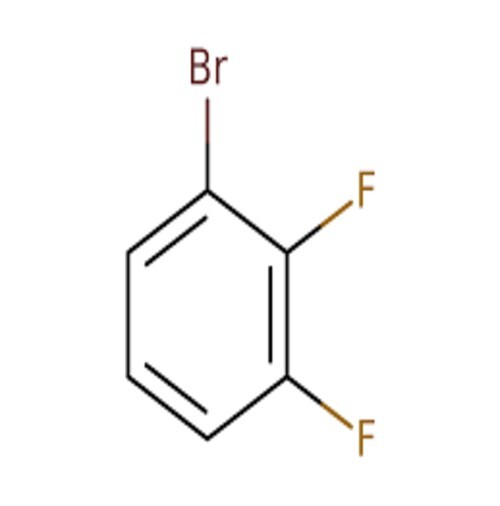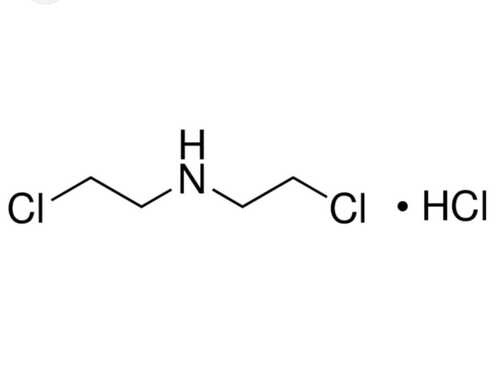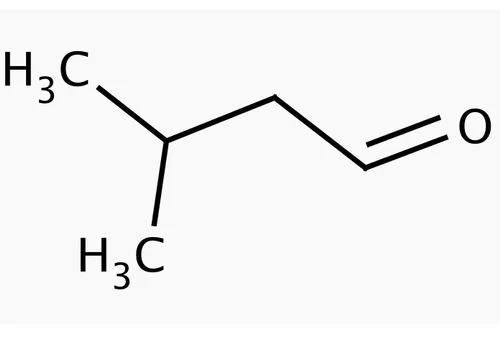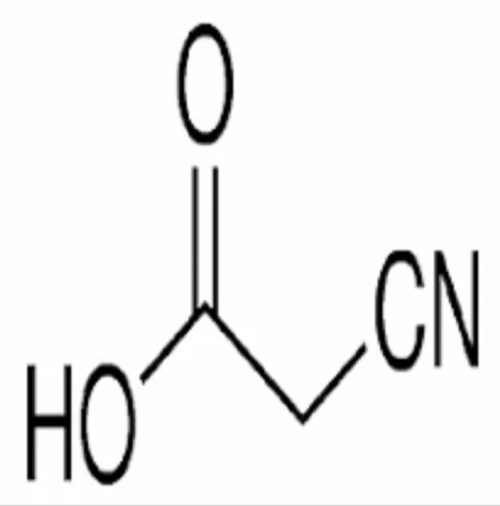
1,3 di fluoro benzene
Product Details:
1,3 di fluoro benzene Price And Quantity
- 100 Kilograms
- 1250 INR/Kilograms
1,3 di fluoro benzene Trade Information
- Others
- 1000 Kilograms Per Day
- 1 Week
- Yes
- Contact us for information regarding our sample policy
Product Description
13Difluorobenzene is a fluorinated aromatic compound with two fluorine atoms positioned at the 1 and 3 positions of a benzene ring meaning it is a metasubstituted benzene derivative This compound is useful in a variety of chemical and pharmaceutical applications particularly in the synthesis of other fluorinated compounds
Chemical Details
IUPAC Name 13Difluorobenzene
Molecular Formula C6H4F2
Molecular Weight 11410 gmol
Structure
Benzene ring C6H5 with two fluorine atoms attached at positions 1 and 3 relative to each other
Physical Properties
Appearance Colorless liquid at room temperature
Boiling Point 115117C
Melting Point 22C
Density 123 gcm at 25C
Solubility Slightly soluble in water but soluble in organic solvents like ethanol acetone and ether
Applications
1 Pharmaceuticals and Agrochemicals
Fluorinated aromatic compounds like 13difluorobenzene are valuable intermediates in the synthesis of more complex molecules with biological activity
Used in the development of fluorinecontaining drugs or agrochemicals where the introduction of fluorine enhances metabolic stability and lipophilicity
2 Chemical Synthesis
Precursors to Fluorinated Aromatics 13difluorobenzene is commonly used in the preparation of other fluorinated aromatic compounds such as fluorophenols fluorobenzyl alcohols and fluorinated polymers
Electrophilic Substitution Reactions It is useful in electrophilic aromatic substitution reactions where the fluorine atoms influence the reactivity of the benzene ring
3 Materials Science
Used as a building block in the synthesis of highperformance materials like fluorinated polymers or liquid crystals with tailored properties for electronic applications
Chemical Reactivity
1 Electrophilic Substitution
The fluorine atoms are electronwithdrawing and deactivating towards electrophilic substitution at the ortho and para positions relative to the fluorines However they activate substitution at the meta position making 13difluorobenzene useful for specific reactions
2 Reactivity with Nucleophiles
13Difluorobenzene may react with nucleophilic reagents like Grignard reagents organolithium compounds or other nucleophiles to form various substituted benzene derivatives
3 Reduction Reactions
Can undergo reduction to form hydroxybenzene derivatives or other reduced aromatic products depending on the reaction conditions
Synthesis
Fluorination of Benzene
13Difluorobenzene can be synthesized by selective fluorination of benzene using fluorinating agents like fluorine gas F2 or potassium bifluoride KHF2 in the presence of a catalyst or heat Specific reagents and conditions allow for selective substitution at the 13 positions on the benzene ring
Safety and Handling
Toxicity
Can be irritating to the eyes skin and respiratory system
Prolonged exposure may have harmful effects Always handle with care in a wellventilated environment
Precautions
Use gloves safety glasses and work in a fume hood to avoid inhaling vapors or coming into contact with the compound
Storage
Store in tightly sealed containers in a cool dry place away from sources of heat and strong oxidizing agents
Would you like additional details on its synthesis derivatives or specific applications in more depth
Reliable Pharmaceutical Intermediate and Synthesis Agent
1,3-Difluorobenzene is highly regarded in the chemical and pharmaceutical industries due to its excellent purity (99%) and utility in drug development and specialty synthesis. It serves as a critical intermediate in the manufacture of pharmaceuticals, agrochemicals, and advanced organic compounds, providing versatility for research and large-scale applications alike.
Safe Handling and Storage Precautions
Given its classification as a flammable liquid (Category 2) with a flash point of 15C, appropriate safety measures are essential during handling. 1,3-Difluorobenzene should always be stored in tightly sealed containers within a cool, dry, and well-ventilated environment, away from ignition sources, to maintain product integrity and ensure workplace safety.
FAQ's of 1,3 di fluoro benzene:
Q: How should 1,3-difluorobenzene be safely stored and handled?
A: 1,3-Difluorobenzene must be stored in a cool, dry, well-ventilated area, away from heat and ignition sources, due to its Category 2 flammable liquid classification and 15C flash point. Always keep containers tightly closed and segregate from incompatible substances to maintain safety.Q: What are the primary applications of 1,3-difluorobenzene?
A: This compound is mainly used as a pharmaceutical intermediate and in organic synthesis. Its high purity makes it suitable for the production of various pharmaceuticals and specialty chemicals in industrial and research settings.Q: When is it beneficial to choose 1,3-difluorobenzene as a starting material?
A: Selecting 1,3-difluorobenzene is advantageous when a high-purity, reactive difluoro aromatic compound is needed for synthesizing advanced intermediates, especially in drug discovery or fine chemical production that require reliability and consistent performance.Q: Where is 1,3-difluorobenzene available for purchase in India?
A: This chemical is distributed, manufactured, supplied, and traded by multiple companies in India. It is commonly available in packaging sizes of 25 kg and 200 kg drums, catering to diverse industrial requirements.Q: What is the process for sampling and testing the purity of 1,3-difluorobenzene?
A: The purity of 1,3-difluorobenzene is typically assessed via Gas Chromatography (GC), ensuring an assay of at least 99%. Sampling should be performed using clean glassware under safe laboratory conditions to prevent contamination.Q: Can 1,3-difluorobenzene dissolve in water or only in other solvents?
A: 1,3-Difluorobenzene is insoluble in water but readily dissolves in many organic solvents, allowing it to be used efficiently in various chemical reactions and processes that involve organic media.Q: What are the benefits of using 1,3-difluorobenzene with a high assay?
A: Utilizing 1,3-difluorobenzene with an assay of 99% ensures greater consistency and yields in synthesis, minimizes impurities in the final product, and supports stringent quality requirements in pharmaceutical applications.
Price:
- 50
- 100
- 200
- 250
- 500
- 1000+






![Dibenzo-[B,F][1,4]-Thiazepin-11(10H)- one](https://cpimg.tistatic.com/10259416/b/4/Dibenzo-B-F-1-4-Thiazepin-11-10H-one.jpg?tr=w300)


